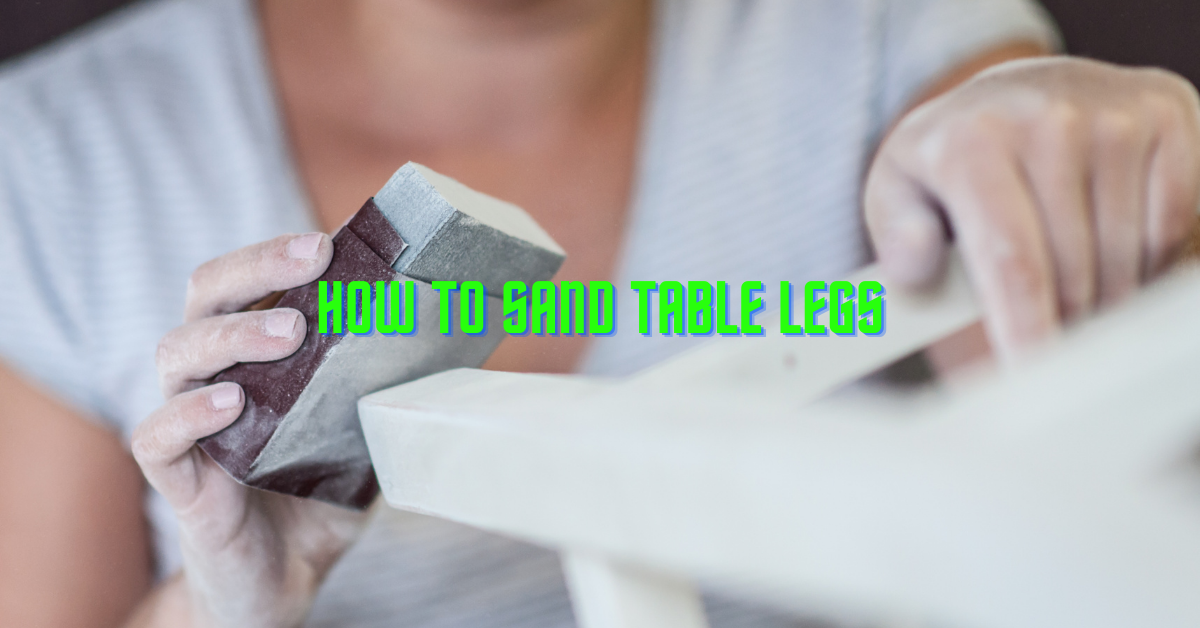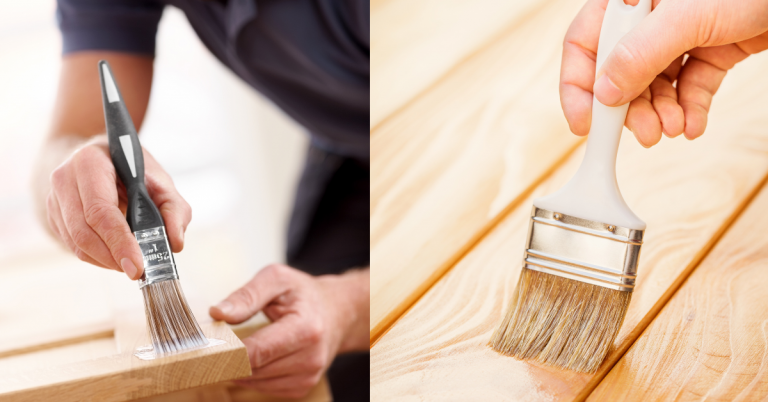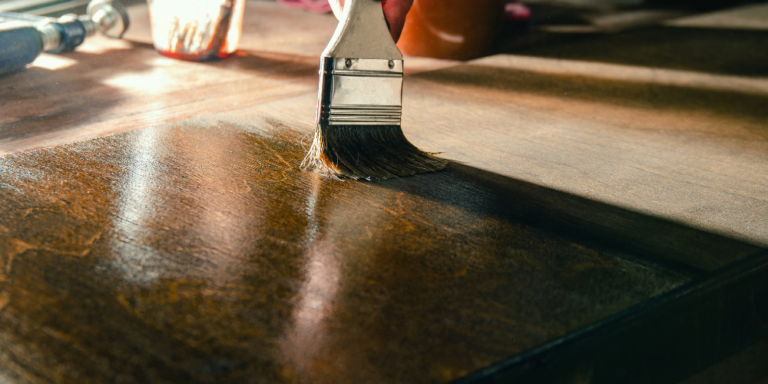Sanding Rounded Table Legs- How To Sand Table Legs
Sanding is one of the important tasks required for maintaining wood. Even though it is not an easy task, you can’t skip it. It is a project that is labor-intensive and requires a bit of elbow grease. In the case of knowing how to sand table legs, you need to dedicate enough time and be precise.
If this is your first time, sanding wood grooves might be frustrating to you. You can just see it as the usual challenging task. Like other wood projects, remember you are not sanding flat surfaces in this case. That is where the hard work comes in.
Though sanding rounded table legs are somehow difficult, it is not impossible. In this article, we will discuss how to sand rounded table legs with grooves, the different tools to use, and many more.
All at a Glance
Is it difficult to sand rounded table legs?
Sanding rounded table legs can be a little tricky but not impossible. Compared to sanding flat surfaces, it is not that straightforward. You just need to modify your techniques and you will get it right. All you need is 120-grit sandpaper, 220-grit sandpaper, some necessary tools, and a tack cloth to clean.

How to sand rounded table legs with grooves
- Use Rubber Contour as a tool
Rubber contour is one of the useful tools for sanding rounded table legs with grooves. They are essentially effective at sanding both convex and concave surfaces. They are available in different sizes and you can purchase any of them depending on their suitability for your task.
These products are made up of rubber pads that you can manipulate. They are good for sanding grooves while making sure your hands are in good condition and decreasing any radius contortion.
- Radiator Hose Sander as a tool
The process involved in using a radiator hose sander is quite straightforward. It is another excellent option for sanding grooves and curvy places. Follow the step-by-step procedures to use it seamlessly:
- Ensure to have your radiator hose ready. Then, inspect the horizontal area you will be working on.
- Now, go ahead to cut up the pieces off to the size you are planning to work with using a hacksaw. Clean them off after.
- Next, use adhesive to attach a piece of sandpaper to the hose.
- After going through all the above procedures, you are set to proceed. Sanding grooves will become a simple task to carry out.
- Steel wool as a tool
Steel wool is an alternative to sandpaper for grooves. They are available in two forms; coarse and fine grits just like sandpaper. The coarse steel wool is the most preferred for sanding in tight places. In contrast to sandpaper, steel wool is flexible enough to be folded into grooves, edges, and more. When you are done sanding, make sure to brush away any wool bits left behind before proceeding with your project.
3. Power tools
There are several power tools you can use to accomplish the same outcome, which won’t just be good choices but will save time in accomplishing the task. They complete the task in a short time compared to hand sanding tools. They are also good at sanding both large and tight areas. The following are some of these tools:
A file sander is also widely referred to as a mini belt sander and is great at sanding hard-to-reach areas. It is generally used for efficiently detailed sanding. Through the narrow belt, it will be easier for you to reach the hidden areas. It is a small great tool likened to powerful sanding.
2. Dremel
A Dremel is one of the go-to tools for sanding tight, small areas, as well as curved wooden legs and inner grooves. Dremel has 3 kinds of heads namely oscillating heads, saw heads, and rotating heads. You can make use of either of them depending on your need. It also comes with custom heads in case you need to make use of it.
Its small size is so perfect for tackling hard-to-reach spaces. It is commonly used among people most especially because of this feature. In a case where a regular sander isn’t the best choice, you can advisably shoot your shot at using Dremel to sand those rounded table legs.
Due to the triangular shape of the detail sander, it is one of the commonly used tools for sanding corners. It is a similar tool to an orbital sander. Just that it is specifically useful for sanding corners and good at flattening areas of rounded table legs.
4. Modify the sandpaper
At the point where it is not quite easy to deal with the grooves, it is recommended to replace your sandpaper with duct tape. Sometimes, there are areas of rounded legs that are difficult to reach, and using sandpaper and duct tape is the way to go for.
To do this, place some duct tape on the back of a piece of sandpaper. After making sure they are properly attached, proceed to cut them into smaller strips.
Then, you can make use of these strips to tackle hard-to-reach areas very swiftly.

Hand tools for manual sanding
There are various hand tools available in the market that will help you sand the grooves seamlessly. Let’s look at these tools including the Emory board and the sanding disc.
- Emory board
The Emory board is effective at reaching hidden spots because of its narrow structure. Though, be aware that using this tool means you have a lot of time on your hands to spare for your project. You may end up ruining the design if you attempt to speed up the process against normal.
- Sanding disc
Sanding disc is preferable because it consumes less time compared to the Emory board and still gives you the desired outcome. You may decide to use a 3M grain sanding paper but be sure to do it slowly for better results.
- Curved backers
A curved backer will make it easy to work with grooves, profiled edges, and coved moldings. You get to wrap around them and sand down the edges.
- Woodworking files
These are also effective at dealing with tiny grooves and other tight areas but require time.
Also Read: Best sander for removing paint from wood
Tips to sand rounded table legs appropriately
Compared to sanding a flat surface, doing the same for round surface is not an easy job. The major reason for this is the size of the sanding paper. Most sandpapers or sanding pads we have are flat in shape. This is why it is easier to sand a flat surface.
Even though sanding rounded table legs isn’t a bed of roses, there are techniques you can leverage to make it easy to achieve.
To achieve this, get a knife and sandpaper ready. Break down the sandpaper by cutting it into smaller stripes. Carefully move the strip back and forth to shape the round table legs or any other round object you may be working with. If it happens that the sandpaper tears, use a new one, or alternatively use some duct tape on the back of the torn sandpaper so you can proceed with it.
Using liquid sander deglosser and sandpaper
- Use a brush to apply a layer of coating of chemical stripper to the round legs of the table. You should be able to purchase the chemical stripper at any nearest store. Alternatively, order it online. Be sure to purchase the right one because the application procedures differ sometimes. Read the manual’s guide and ensure to follow it.
- The applied chemical stripper needs to be properly set on the legs of the table. It will not set on the legs if you do not give it enough time. So, it is important to give it enough time to set following the stipulated time recommended in the manufacturer’s instruction. Generally, the stipulated time is 20 minutes.
- Next, use water or mineral spirits to remove the chemical stripper. You can go through the instructions if you are not so sure about the water and mineral spirits. The instruction will be specific on which one to use. After getting rid of the chemical stripper, allow the table legs dry for about 24 hours.
- Use 120-grit sandpaper to sand away the left behind stripper remnants. You may find some areas that are tight and difficult to reach. Use a brass toothbrush to reach such areas. You can also use the brass toothbrush for the grooves.
- Finally, use 220-grit sandpaper to sand the table legs again. This will make the wood smoother. Avoid sanding too much. Carefully sand with no too much pressure. Sand lightly.
Conclusion: How To Sand Table Legs
While sanding rounded table legs and grooves can be difficult compared to sanding flat surfaces, there are techniques you can work with to make it seamless and swift work. If you will be doing this for the first time, you basically need to cut the sandpaper into strips and then move them back and forth to sand and shape the grooves. A detailed procedure on how to go about the task has been explained above.
Now, that you have acquitted yourself with the tips and tricks to sand rounded table legs with grooves, ensure to follow the procedures to make the process easier for you.







